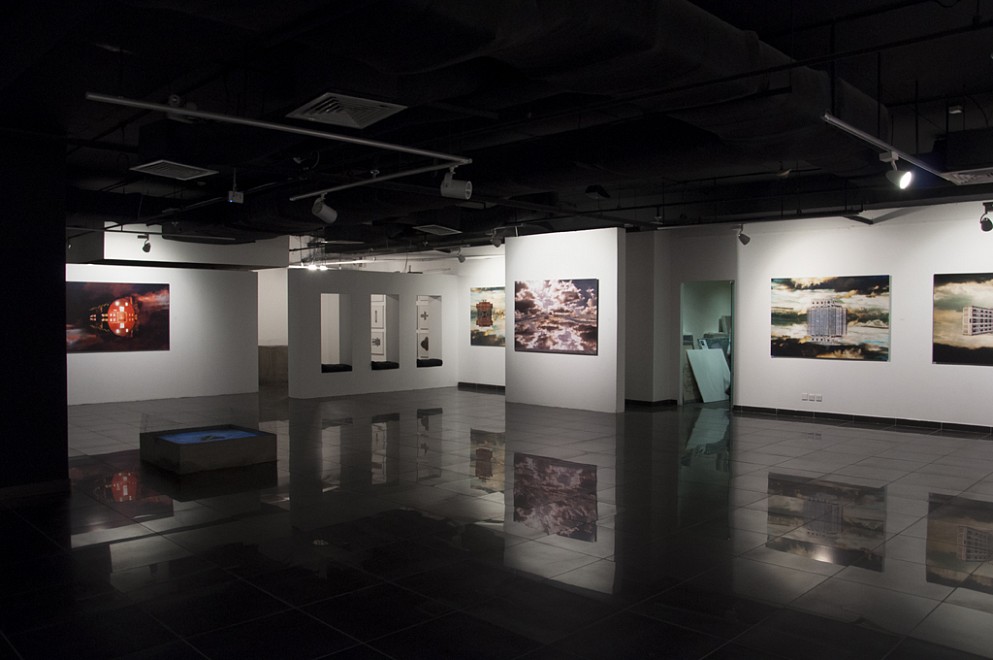
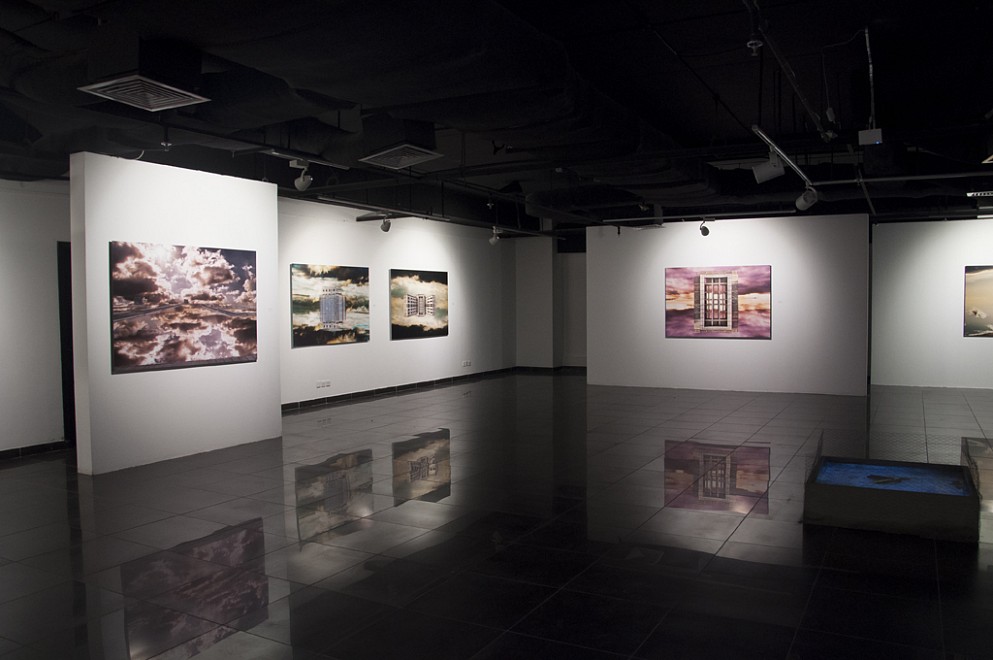
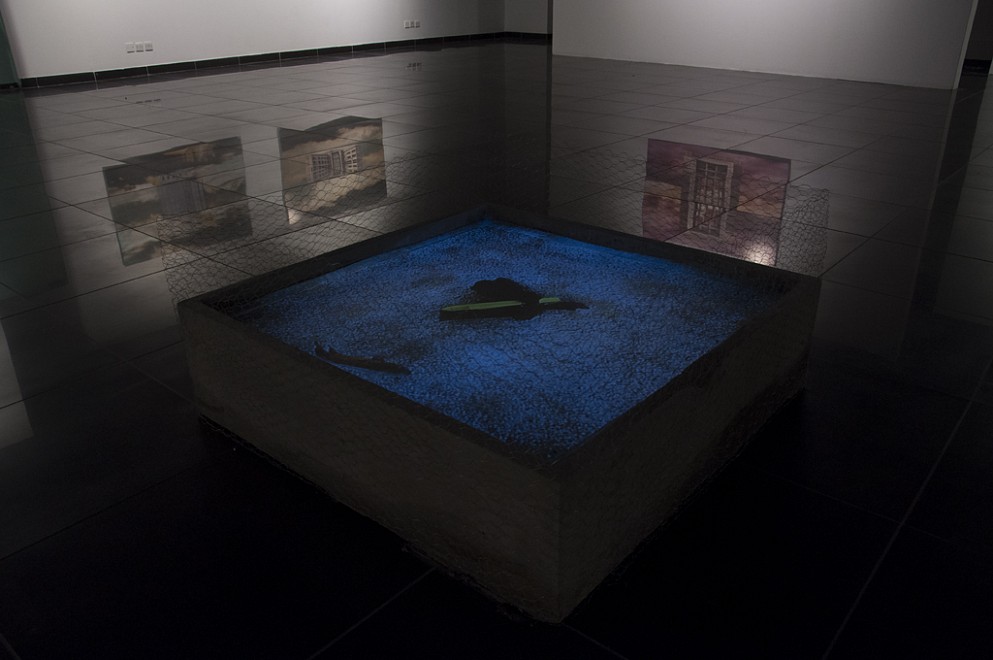
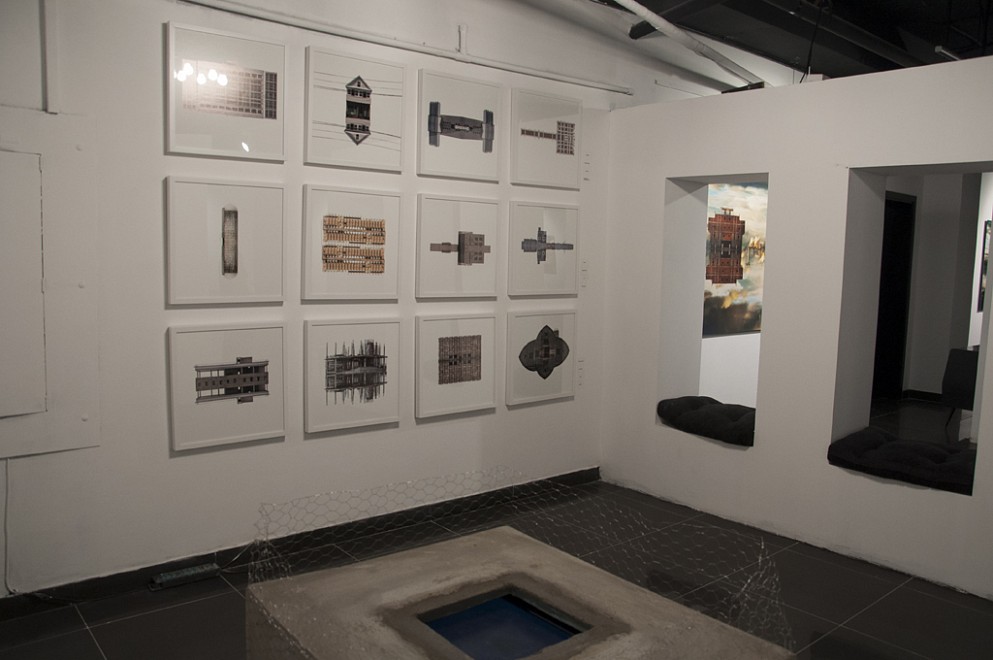
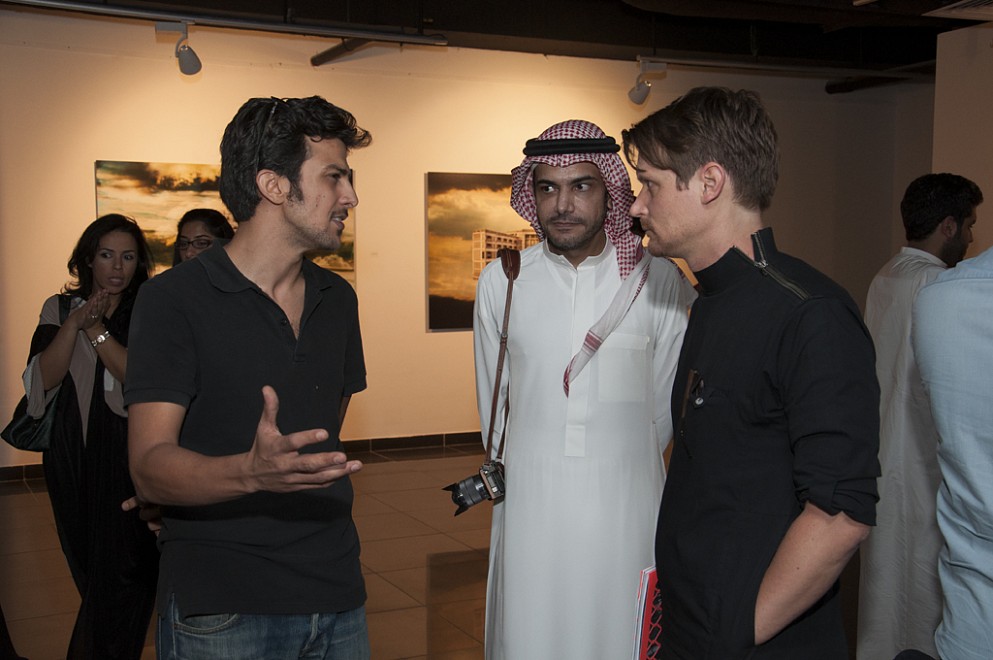
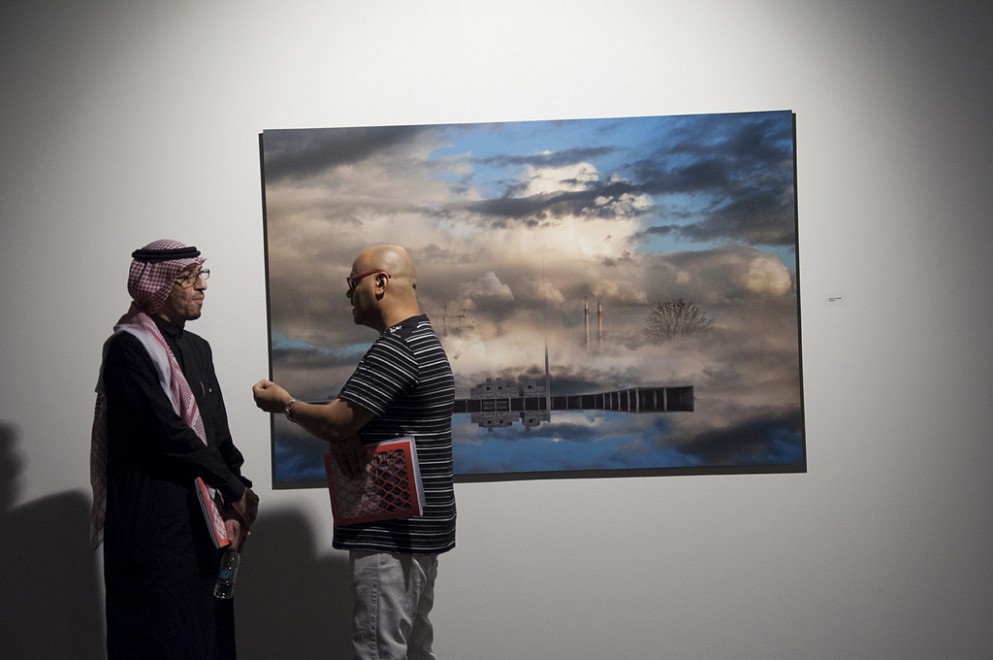
A quest to find a home in one’s native land and the need for that home, is the theme addressed in the series of works by Saudi Sami Al Turki. From There, To Here, & Inevitably Into Eternity, the title of his first solo exhibition in Jeddah, Saudi Arabia, reflects the continuous, indispensable and inescapably never-ending search for a dream.
Born in 1984, to a Saudi father and an Irish mother, Sami Al Turki was raised in Jeddah before moving to the United Arab Emirates for his studies at the American University in Dubai. The focus of his work is his own impressions, reflections and thoughts of his generation's struggle to grasp and live by contemporary values versus revered traditions.
The inspiration comes from Al Turki’s personal experiences and contemplations on where he comes from, and where he thinks we, as a civilization, might be headed towards. After having lived and studied abroad for a number of years, the young artist recently made the decision to return and settle in his hometown, Jeddah, “I wanted to finally settle, have my own home and studio and a permanent place rather than something transitional,” he confesses. During the main move from nomadic living to urbanisation in the country in the 1970s, an entire generation of people in the vast desert country built their homes on empty lands. This tradition of building one’s dream home continues to this day and major cities are littered with houses of different styles of architecture imaginable both finished and unfinished, all testament to a land where your home constitutes your ultimate goal, and the realisation of your fantasy.
As Al Turki returned to purchase a plot of land, he found that many things had changed since his father's time, across just one generation. While land remains plentiful, it is now an almost entirely inaccessible one for most people. In Saudi Arabia, land is being traded as a commodity in itself; people only buy land in order to sell it again for a significant profit. The result is a substantial amount of prime, empty and unused land that only the wealthy can afford, “prices are astronomical for a barren stretch of land,” said Al Turki, “what angers me is that there are vast amounts of empty lands, and you cannot buy any part of them unless you get knee-deep into debt.”
Thus the artist uses this theme and depicts unfinished architectural structures that are suspended amidst the clouds; an homage to a dream that is drifting farther and farther, not just out of his reach, but of an entire generation and also an entire class of people. While appearing as a fanciful gesture, the work is also a stark depiction of mankind's capacity for greed, as the artist suggests… If it were possible to own the sky and build walls declaring that ownership, mankind would.
Furthermore, by removing these structures from their usual context and placing them in the heavens, the artist is using the unlikelihood of the image to remind us that all our earthly wealth and possessions, are ultimately left behind as we pass away, thus putting into perspective the absurdity of fighting over grains of sand in a land of abundance and where land is abundant.



